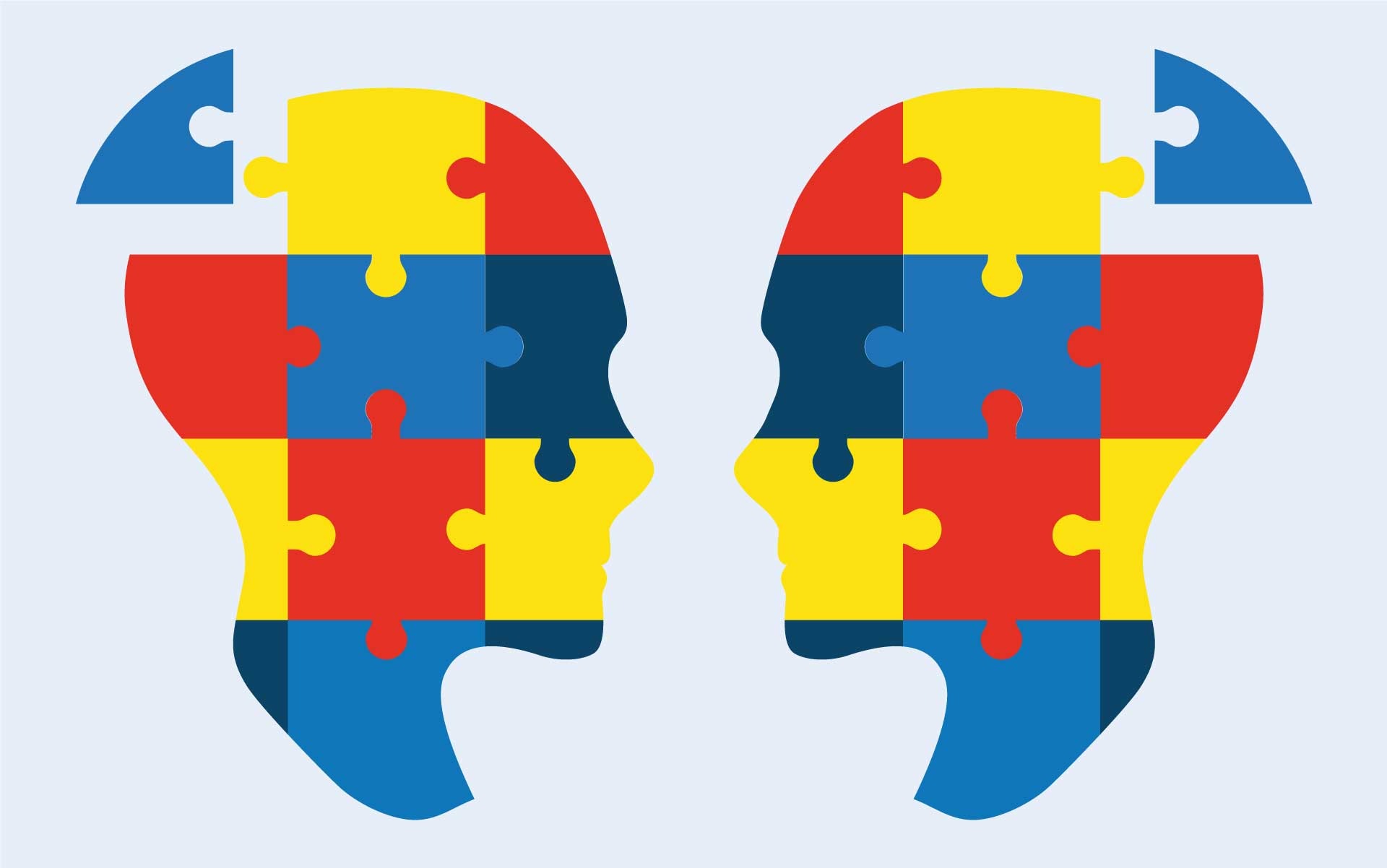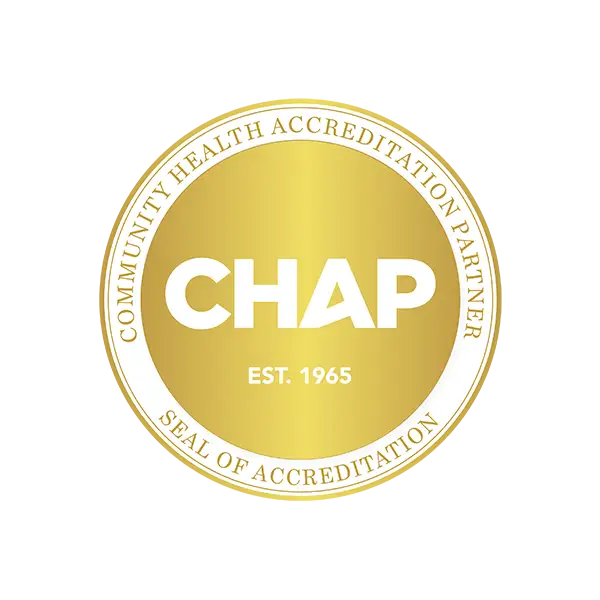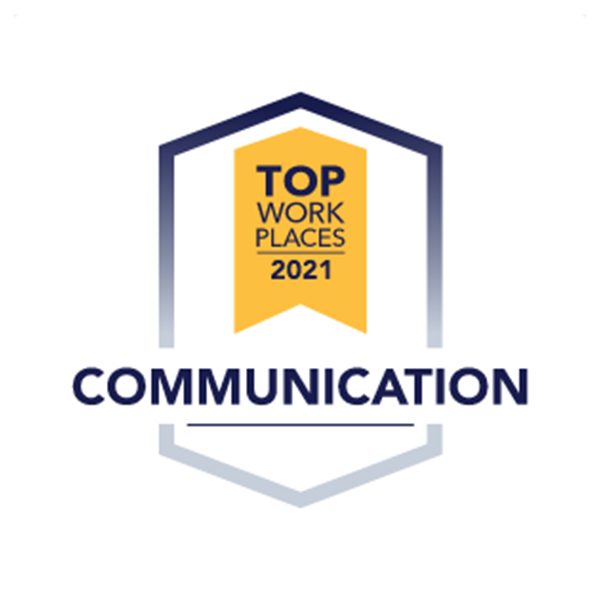
The CDC reports that approximately 1 in 36 U.S. children is diagnosed with an autism spectrum disorder (ASD), according to 2020 data.1 ASD, often simply called Autism, affects individuals of all racial, ethnic, and socioeconomic groups. Yet, people with autism are often subject to stigma and discrimination, including an unjust lack of health care, education, and opportunities to engage and participate in their communities.
Autism Acceptance Month, previously named (and still widely known as) Autism Awareness Month, aims to celebrate and promote acceptance of the conditions that affect so many. This celebration of acceptance and awareness occurs every year for one month, and today’s post spotlights the significance of Autism Acceptance Month, its history, and activities that support the observation.
Education and awareness are powerful tools in driving acceptance. So, today’s post will also include some recent statistics for Autism Spectrum Disorders and share up-to-date research and the treatment trends available. As a home health agency that regularly serves autistic children, we hope this article underscores the importance of public awareness to promote acceptance, celebrate differences, and be more inclusive toward autistic children in our communities.
History of Autism Acceptance Month
When is Autism Acceptance Month officially observed? Every April commemorates Autism Acceptance Month (formerly April Autism Awareness Month), a month-long campaign designed to spread awareness, promote inclusion, and practice acceptance so autistic individuals can live fully.
The Autism Society has worked tirelessly since 1965 to build an inclusive community where autistic individuals are embraced and supported to achieve the highest quality of life possible. In support of these efforts, we celebrate Autism Acceptance Month, including World Autism Awareness Day on April 2nd, a United Nations supported day encouraging leaders to raise awareness about autistic individuals worldwide.
Before April became nationally recognized as Autism Awareness month and later Autism Acceptance Month, there was National Autistic Children’s Week, which was the Autism Society’s first nationwide awareness campaign effort in 1972. Over the next 50 years, this campaign and its efforts evolved into Autism Awareness Month, recognized and celebrated every April since 2011. However, in 2021, Autism Awareness Month was officially rebranded to Autism Acceptance Month in an effort to foster acceptance further and ignite change.
Autism Acceptance Month Activities

Throughout April Autism Acceptance Month, there are many ways to participate and support the autistic community. Local groups plan activities and events to raise awareness throughout the month, such as fundraisers and public walks/runs. These events’ key mission is to educate others about fostering acceptance and kindness toward the autistic community now and with future generations, and children are especially encouraged to participate, learn, and share.
Speaking of sharing, social feeds are a great space to promote Autism Acceptance Month, including news and articles (like this one!) that raise awareness about the autistic community and spark empathy and inclusivity among the general public.
Curious how to celebrate Autism Acceptance Month from home or the office if social media and events aren’t an option? Here are some additional ideas:
- Read to your children about autism. The book “Ella Autie” tells the story of a 4th grader battling society with autism and is a great way to educate your kids and start meaningful conversations.
- Wear a puzzle ribbon, which was adopted as the universal sign for Autism awareness in 1999.
- Donate to the Autism Society of America or any other local organization that supports autism education, resources, and acceptance.
Latest Autism Statistics
Studies about autism spectrum disorders are essential for raising awareness, developing research priorities, and informing public policy. So, we’ve gathered some helpful research and statistics about autism prevalence, gender ratio, and early diagnosis.
Prevalence
A 2022 systematic review estimated that about 1 in 100 children worldwide were diagnosed with an autism spectrum disorder.2 However, there are additional reliable studies that have reported figures that are substantially higher. Furthermore, reports confirm that autism occurs in all racial, ethnic, and socioeconomic groups.
Although there is no medical detection for autism, characteristics of autism may be detected in early childhood (as early as age 2), and most children are still being diagnosed after age 4. However, minority groups tend to be diagnosed later and less often.
Gender
There has been a longstanding myth that girls don’t usually get autism; however, this is not accurate, as autism spectrum disorder diagnoses are common in girls. However, boys are four times more likely to be diagnosed with autism than girls.
Early Diagnosis
A study3 conducted from 2009-2017 investigated the percentage of children diagnosed with a developmental disability between ages 3-17. The results demonstrated that the number of children diagnosed with a developmental disability increased from 16.2% in 2009–2011 to 17.8% in 2015–2017.
Although the reasons behind the increases were not examined as part of the study, previous research has found that improved awareness, screening, diagnosis, and service accessibility may contribute to the increased numbers.
Trends in Autism Treatment

Autism is a complicated condition that includes problems with communication and behavior, and it can involve a wide range of symptoms and skills. An ASD diagnosis can be a minor problem for some or a disability that needs full-time care in a special facility for others. Therefore, there is not a one size fits all treatment for autism spectrum disorder (ASD) diagnosis.
When a child is diagnosed with autism, families and caregivers should have timely and easy access to relevant information, services, referrals, and practical support that align with the child’s individual and evolving needs and preferences. Fortunately, the latest trends in autism treatment recognize this need and support the notion that accessibility and a personalized approach to autism treatment can help children diagnosed with ASD reach their full potential.
Telehealth
Telehealth has gained popularity, especially after the COVID-19 pandemic. It helps practitioners diagnose and treat patients at a distance using technology, such as video conferencing, texting, email, online tests, and more. For parents of children with autism, telehealth provides many benefits, such as providing access to specialists and services that can be difficult to find locally – especially for those living in rural areas.
Neurodiversity
The word neurodiversity refers to the diversity of all people – and is commonly used in the context of autism spectrum disorder (ASD) and other neurological or developmental conditions such as ADHD or learning disabilities. Since ASD is associated with differences in communication, learning, and behavior, it can look different from person to person. Therefore, understanding and embracing neurodiversity in communities, schools, and healthcare settings can improve inclusivity for all people.
Personalized Interventions
Providing high-quality, individualized care for individuals living with autism, especially early intervention with children, is critical to helping them reach their full potential in life. Each person’s autism intervention or treatment plan should be tailored to address the individual and specific needs of the diagnosis. For example, a child’s treatment plan can include a range of behavioral interventions, physical or occupational therapies, medicines, or a combination.
Recent Research
Ongoing research is critical to understanding autism spectrum disorders and educating the community to encourage more acceptance. We’ve gathered recent research that is helping the scientific and medical community understand more about ASD in general, including the effectiveness of early intervention and making mental health a priority within this community.
Genetics
This 2020 study published in the peer-reviewed journal Cell identified over 100 new genes associated with ASD.
Early Intervention
Research published in the Journal of Autism and Developmental Disorders in 2022 evaluated the effectiveness of statewide early intervention services to young children with Autism Spectrum Disorder.
Mental Health
This 2021 study underscored the importance of changing societal attitudes and acceptance of autism to promote diversity tolerance by highlighting the consequences of misperceptions around mental health.
Help us spread the word and raise awareness and promote acceptance of autism within your community by sharing this article with friends and family. Education is powerful and support is critical to achieving change that benefits all, especially for those struggling with developmental disorders.
It has been shown that early intervention affords the best opportunity to support healthy development and deliver benefits across the lifespan of children living with ASD. At KidsCare Home Health, our pediatric in-home therapists have been compassionately and professionally providing quality pediatric home health care to children with autism and other developmental disorders since 2003.
Contact KidsCare Home Health
for more information today















